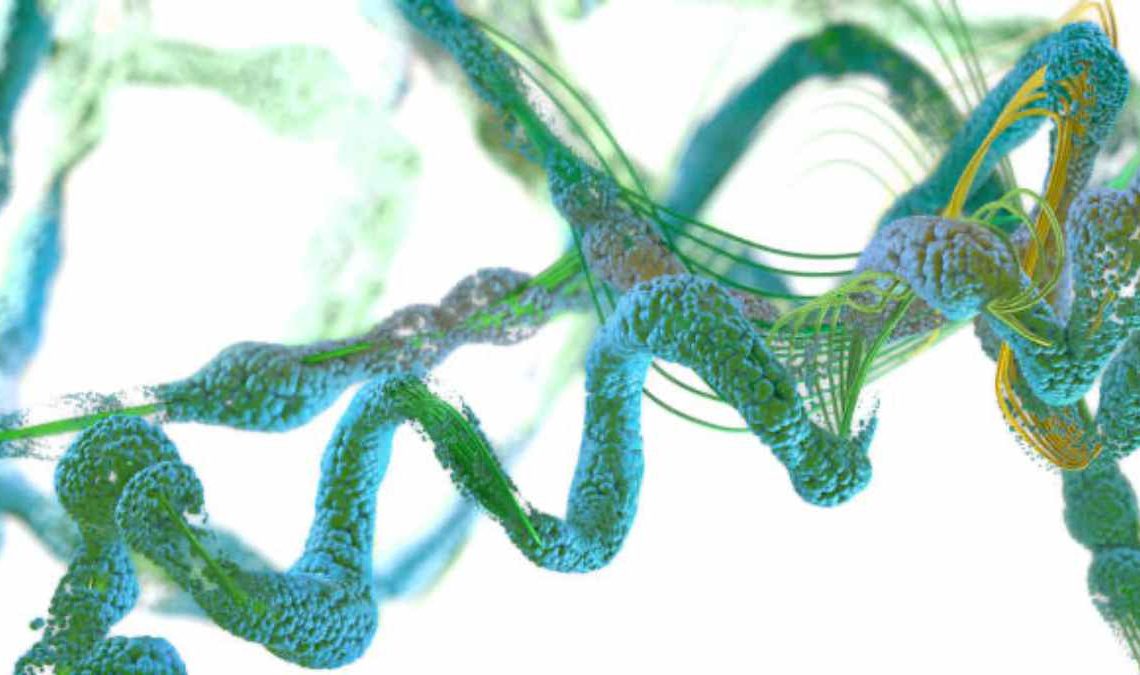
Peptide:
A peptide is an intermediate result of protein hydrolysis and a molecule composed of -amino acids bonded together by peptide bonds.
Peptides usually have between two and nine amino acids. Peptides are given different names depending on their number of amino acids; for example, a product produced from the dehydration condensation of two amino acid molecules is known as a dipeptide. A peptide may be any length from a single amino acid up to a nonapeptide. Polypeptides are compounds comprising 10–100 amino acids that have been dried and compressed. They are not precipitated by trichloroacetic acid and ammonium sulfate and have a molecular weight of less than 10,000 Da (Dalton). Peptides with less than ten amino acids are often termed oligopeptides (small molecule peptides), peptides with ten to fifty amino acids are called polypeptides, and peptides with more than fifty amino acids are called proteins. Polypeptides, commonly known as peptides, were discovered in the 20th century.
Protein:
Protein is a material with a well-defined three-dimensional structure created by the “dehydration condensation” twisting a polypeptide chain made up of amino acids. No proteins can exist without the four elements of carbon, hydrogen, oxygen, and nitrogen.
Protein is a polymer complex formed by the sequential addition of a-amino acids to create a polypeptide chain and by adding more polypeptide chains in a predetermined sequence. Protein is essential to human existence since it serves as a framework for the body’s tissues and organs and is the primary constituent.
Proteins can only be created from amino acids. It’s essential to life in all its forms. Protein is essential for adequately functioning every cell and organ in the body. Protein makes up between 16 and 20 percent of body mass; an adult weighing 60 kilograms has between 9.6 and 12 kilograms of protein. Proteins come in a wide variety, each with its characteristics and role in the body. Proteins are consistently broken down and rebuilt in the body from a mixture of more than 20 amino acids (Amino acids).
Difference:
Proteins and peptides are fundamental cellular building blocks with essential biological roles. Cells, for instance, are molded by proteins and their reactions to signals from the extracellular environment.
Peptides are essential because they control the actions of other substances. There are several structural similarities between proteins and peptides; both are made up of chains of amino acids connected by peptide bonds (also known as amide bonds). In that case, what distinguishes a peptide from a protein?
Size and structure are the primary defining features. Compared to proteins, peptides are much shorter. Traditionally, peptides have been classified as molecules of 2 to 50 amino acids, whereas proteins constitute 50 or more amino acids. In addition, proteins may have complicated conformations, including secondary, tertiary, and quaternary structures, but peptides typically have fewer structural definitions.
Proteins and peptides may have different purposes.
Researchers may further break down peptides into oligopeptides, which contain just two to twenty amino acids, and polypeptides, which include many more. Proteins are created when two or more polypeptides bind together. As a result, proteins may be thought of as peptides that have grown to a great size.
Some scientists reserve the term “peptide” for relatively small chains of amino acids known as “oligopeptides,” while they refer to proteins, or sequences of 50 or more amino acids, as “polypeptides.” Buy peptides online if you are a researcher.


